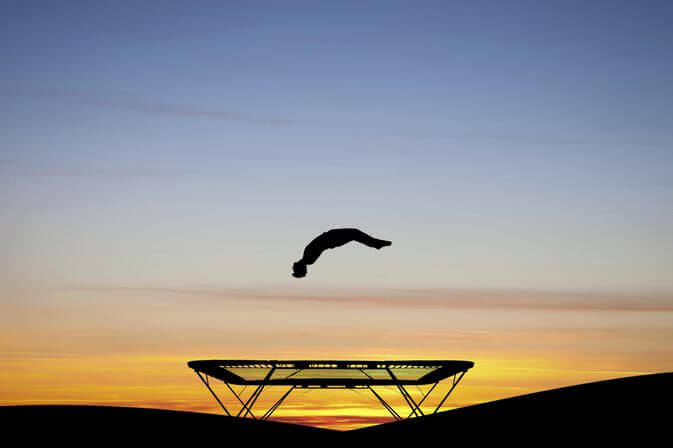
A website’s bounce rate is the percentage of visitors who leave after only viewing a single page. Overlay this with the fact that more than half of the people who enter a website leave in less than 15 seconds and you start to see a concerning phenomenon – the ‘trampoline’ effect. A trampoline website is characterised with a high bounce rate and a low ‘dwell’ time – the amount of time spent viewing the page.
For hotels, having a trampoline homepage is not just damaging to a direct booking strategy, it can turn people away from the hotel altogether. The online travel market is a highly competitive space, and if you don’t accurately portray the benefits of your hotel and impress right off the bat, then you might have just lost a reservation to a competitor.
Here we look at some surprisingly easy ways to decrease your bounce rate and prevent valuable traffic from leaving your website.
Re–Introducing yourself
The reality of today’s online booking process is that hoteliers are not in control of the first impression a guest has of the hotel. With large quantities of traffic originating from OTA listings, these guests are familiar with the price, location and amenities of a hotel before they’ve even seen the hotel’s own webpages. This incoming traffic, known as The Billboard effect, is the increased visibility and bookings on a hotel’s website, brought by guests who discovered the hotel on a third party website (online travel agent). In fact after finding a hotel through an OTA, one third will go check the hotel website for more information or to compare rates.
Instead of serving the same basic information to traffic that originates from OTA sites, smart hoteliers can welcome these website visitors with compelling reasons to book direct. By presenting the benefits as to why it is best to book directly on your website instead of the same information they’ve already seen, hoteliers can simultaneously reduce bounce rate and increase website conversion. Hotelchamp’s Welcome solution can be highly customised with custom messaging, seamlessly matches hotel branding and can be equipped with custom targeting tailored to serve certain traffic sources, new vs returning visitors and more.
Slow Loading
One of the easiest ways to lose a website visitor is for them to not even see your website in the first place. Research conducted by KISSmetrics concluded that 47% of consumers expect a site to load in 2 seconds or less and 52% of consumers state that the quickness of page loading impacts their site loyalty. Another alarming statistic revealed in this research was that 40% of people abandon their carts if a website take longer than 3 seconds to load.
There are a number of ways to speed up your website without sacrificing content – from implementing new image formats, to removing outdated plugins your website may not be using anymore. Speak to your web developer to see if there are behind-the-scene tweaks to make your website leaner and meaner.




